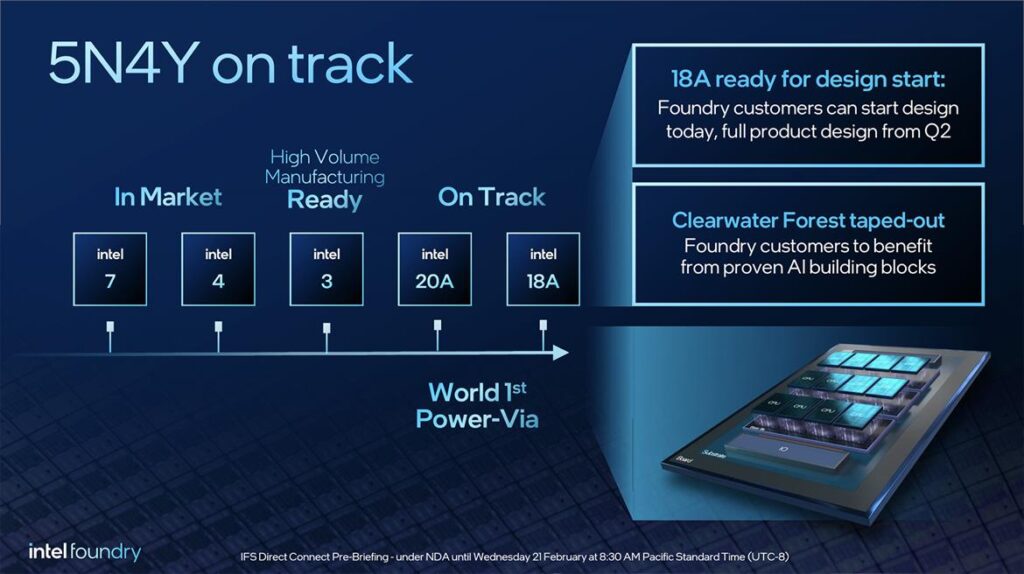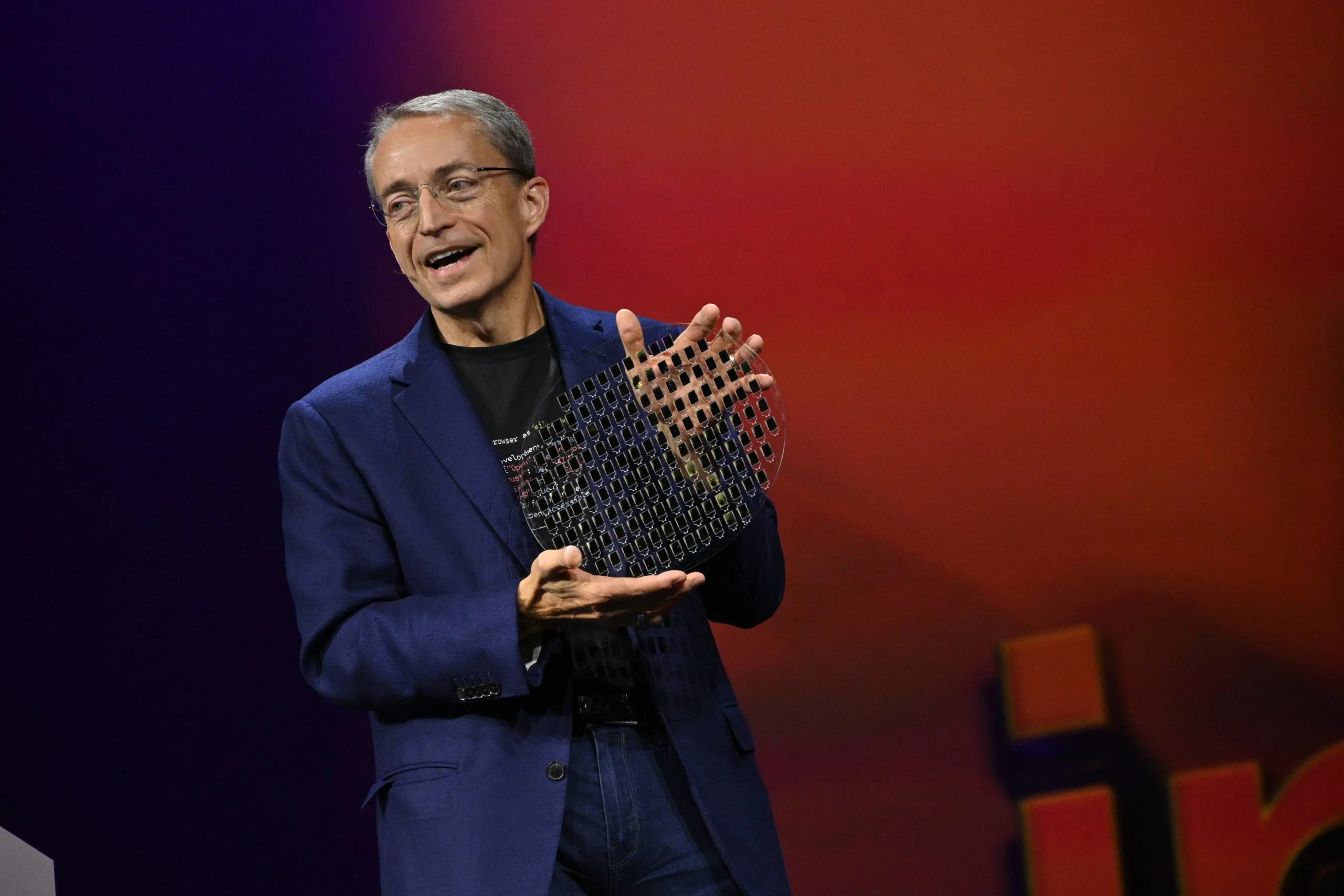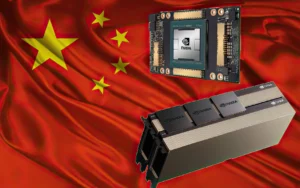Intel’s Future: A Deep Dive into 18A and Beyond
In the fast-paced world of semiconductor technology, staying ahead of the curve is crucial for any company striving for excellence. Recently, Intel, one of the leading players in the industry, made waves with its quarterly earnings report and discussions about its forthcoming products. Amidst the ups and downs of the market, Intel’s CEO, Pat Gelsinger, stood firm, expressing optimism about the company’s trajectory and its upcoming innovations with 18A.
Follow us on LinkedIn for everything around Semiconductors & AI
Earnings Report Insights
Intel’s latest earnings report shed light on the evolving landscape of the server industry, with AI emerging as a dominant force, impacting data center CPU sales. Despite facing challenges in this arena, Gelsinger remained bullish about Intel’s future prospects. He articulated the company’s commitment to innovation, emphasizing the significance of its upcoming products in reclaiming its position as a pioneer in semiconductor engineering.
- Net loss: $400 million, or 9 cents per share (compared to a net loss of $2.8 billion in Q1 2023)
- Revenue: $12.7 billion (up 9% year-over-year)
- Client Computing: Sales up 31% year-over-year
- Data Center and AI: Revenue not specifically mentioned, but a core business segment for Intel
- Intel Foundry Services: Revenue down 10% year-over-year.
The Roadmap to Innovation: “Five Nodes in Four Years”
Central to Intel’s strategy is its ambitious roadmap, encapsulated in the mantra “five nodes in four years.” This roadmap underscores Intel’s determination to push the boundaries of technological advancement, with a focus on rapid iteration and development.
At the forefront of this endeavor is the much-anticipated 18A process, slated to mark a paradigm shift in Intel’s capabilities and competitiveness.

Intel 18A: Intel’s Next-Generation Process Technologies
The cornerstone of Intel’s resurgence lies in its next-generation process technologies, particularly the 18A node.
“The Core Ultra platform delivers leadership AI performance today with our next-generation platforms launching later this year, Lunar Lake and Arrow Lake tripling our AI performance.” Continuing with bold claims for its future tech: “In 2025 with Panther Lake, we will grow AI performance up to an additional 2x”.
~Pat Gelsinger, CEO, Intel
Positioned as the culmination of years of research and development, 18A represents a watershed moment for the company. With promises of surpassing rivals in performance, Intel aims to reclaim its position at the apex of semiconductor innovation.

Intel 18A: Ahead of Schedule and Full of Promise
One of the most intriguing aspects of Intel’s recent announcements is the revelation that the 18A process remains ahead of schedule. Initially slated for a 2025 release, Intel’s accelerated timeline indicates its unwavering commitment to delivering cutting-edge technologies ahead of expectations. This reaffirms Gelsinger’s assertion that Intel is leaving behind its reputation for delays, signaling a new era of efficiency and reliability.
I’ve bet the whole company on 18A
~Intel CEO
Intel’s 18A process technology is significant for a couple of reasons:
Performance and Power Efficiency: It’s considered a major innovation by Intel, introducing a backside power delivery system called PowerVia. This promises a performance boost of over 5% and better utilization of space on the chip. This translates to potentially faster and more power-efficient processors.
Industry First & Foundry Business: Intel 18A is the first chip manufacturing process to utilize backside power delivery in a commercial setting. This is a big deal because it could give them an edge over competitors. Additionally, 18A marks a step forward in Intel’s foundry business, where they manufacture chips designed by other companies. Their 18A process will be available to these clients, potentially making them a more attractive foundry option.
Timing: While Intel 20A uses backside power delivery, 18A is expected to see higher volume production in 2026. This suggests 18A might be the more commercially viable option for this innovative technology.
Overall, 18A represents a significant step for Intel in terms of chip performance, power efficiency, and their foundry business ambitions.
Intel 18A: Implications for the Industry
The implications of Intel’s advancements extend far beyond the company itself, reverberating throughout the semiconductor industry. With Intel 18A poised to redefine performance benchmarks and capabilities, competitors are sure to take notice. Intel’s strategic partnerships, including notable contracts with industry giants like Microsoft, underscore the widespread anticipation surrounding its next-generation offerings.
Conclusion
In the dynamic realm of semiconductor technology, Intel’s trajectory is a testament to the power of innovation and determination.




